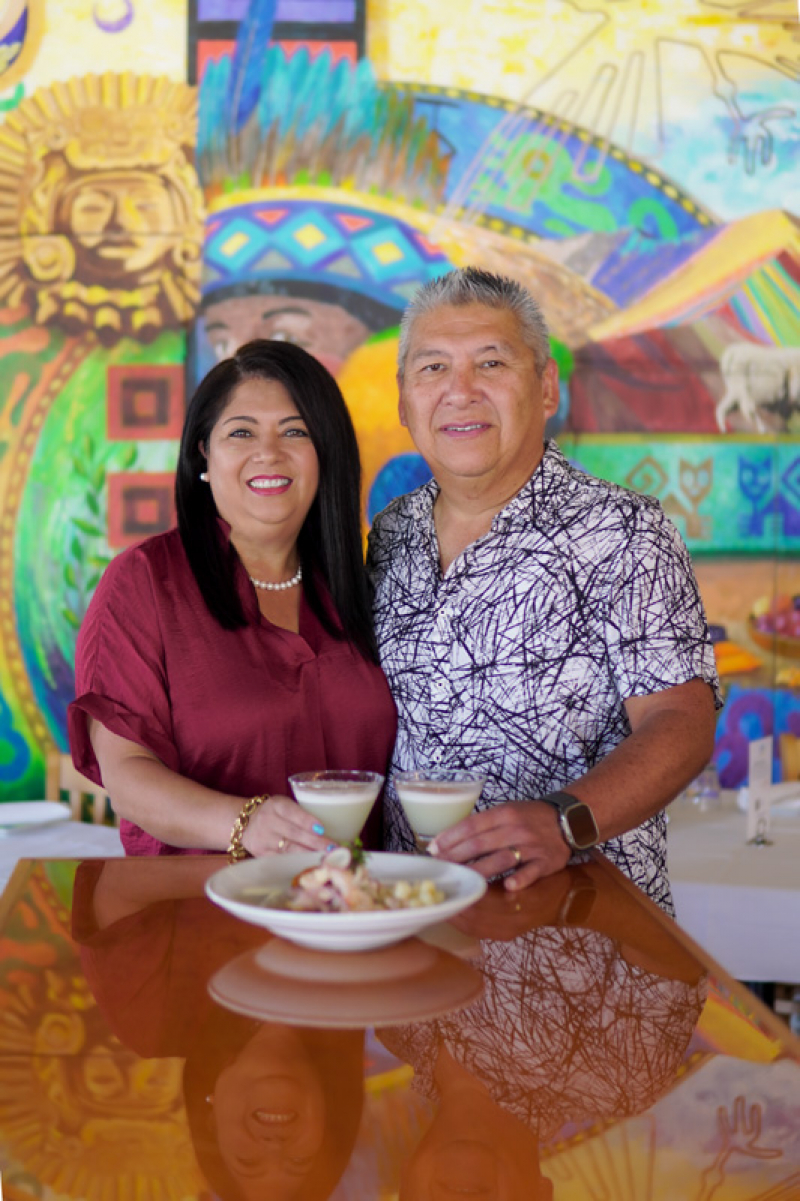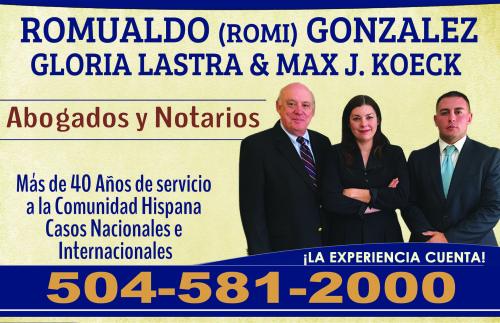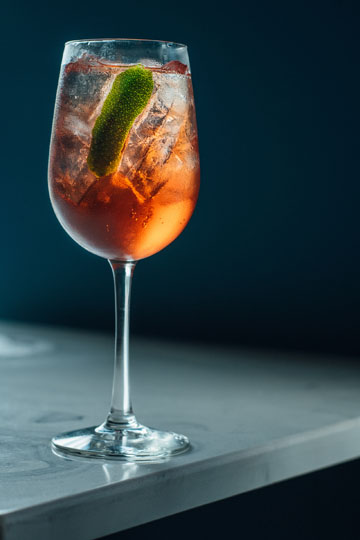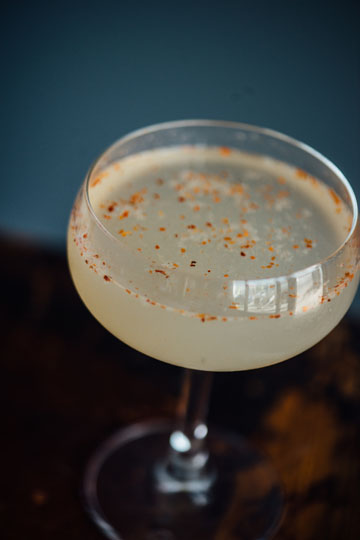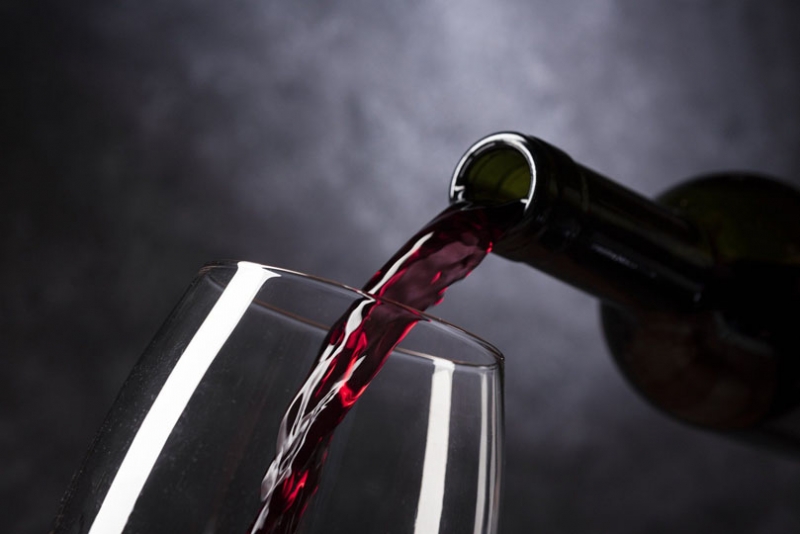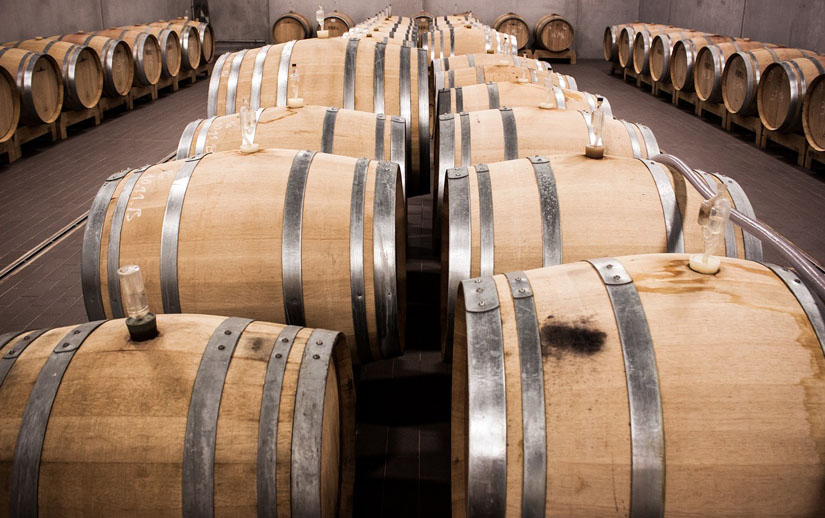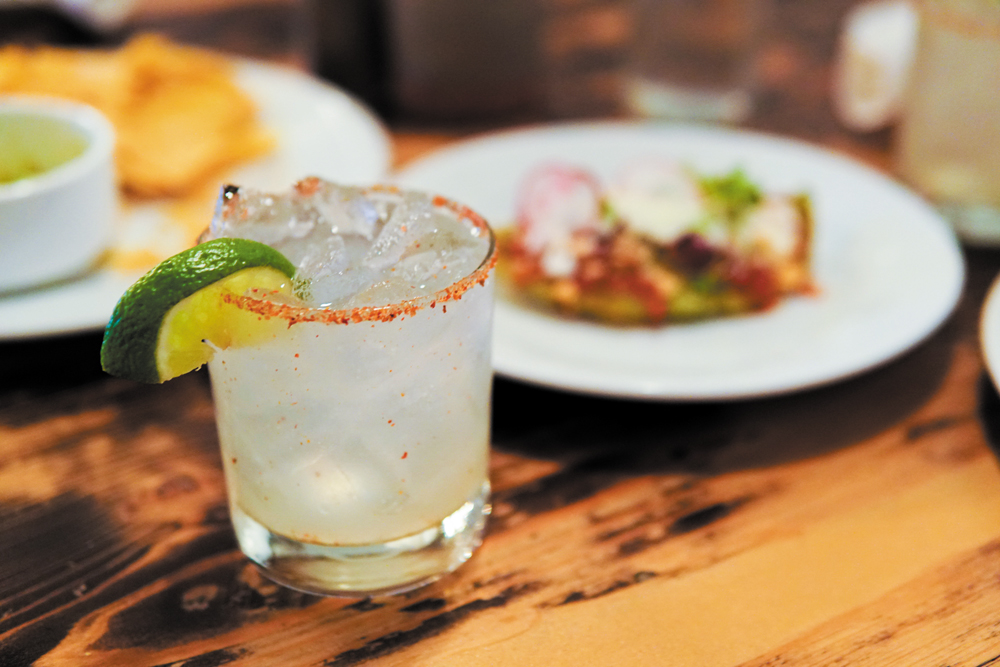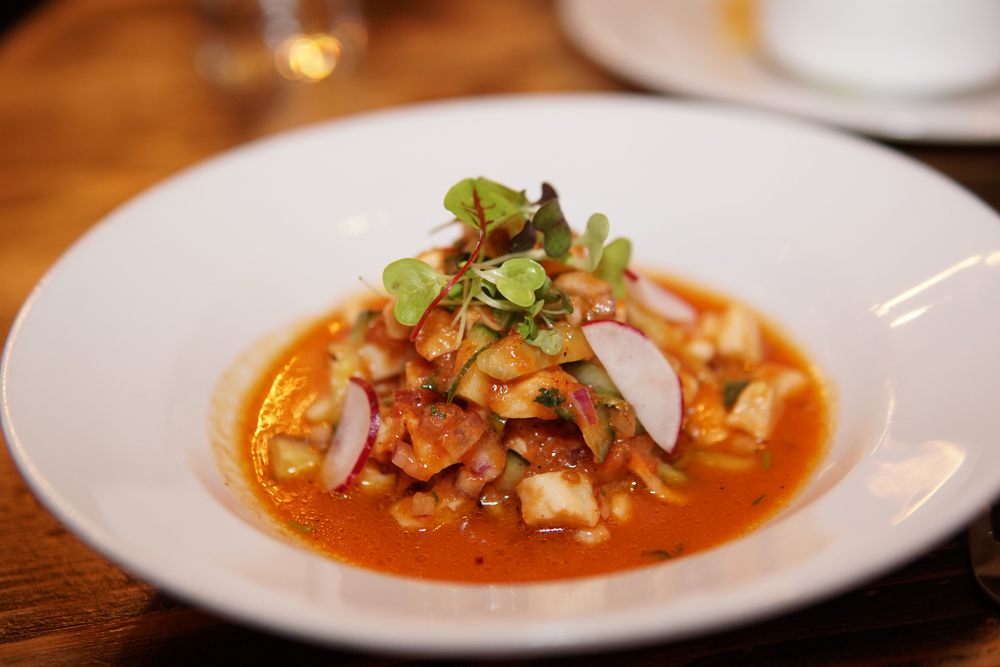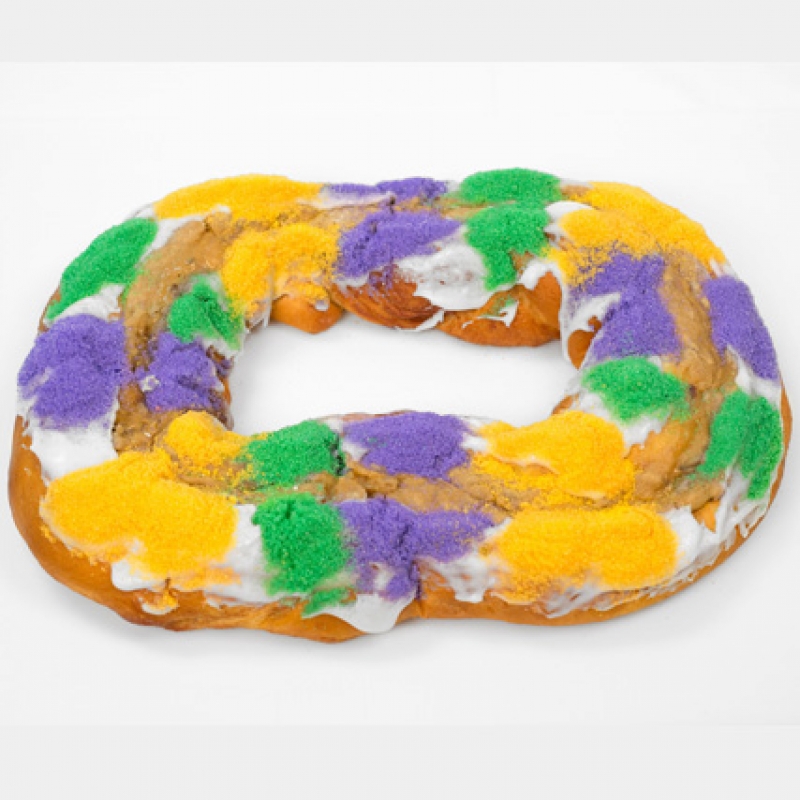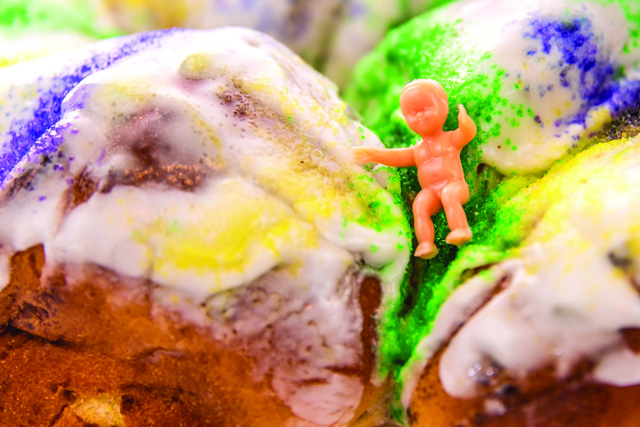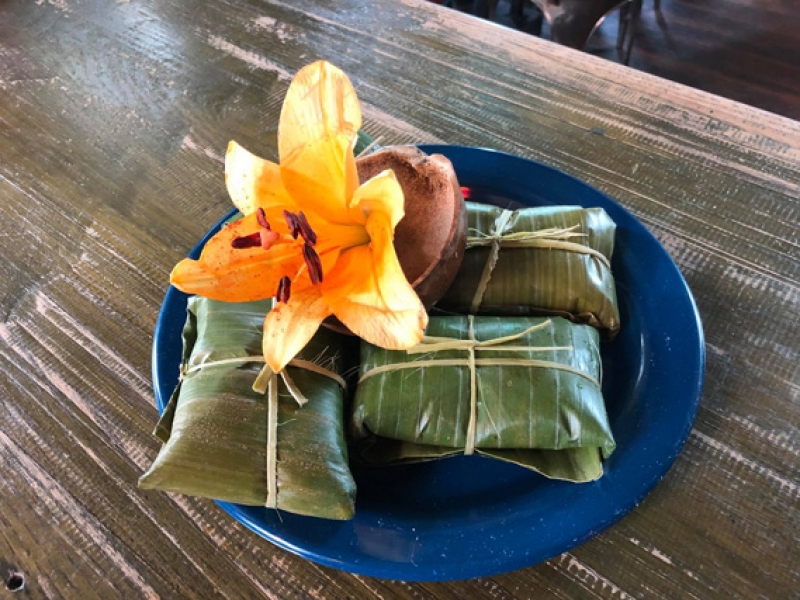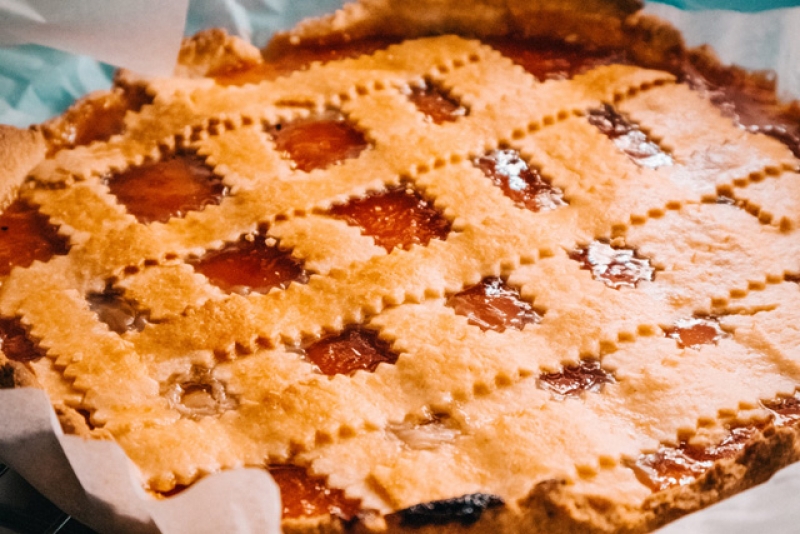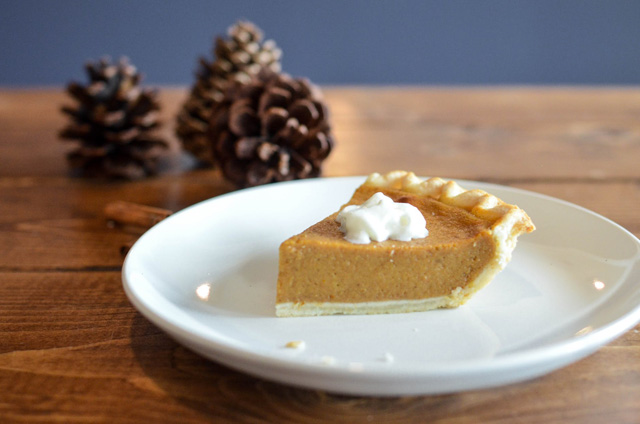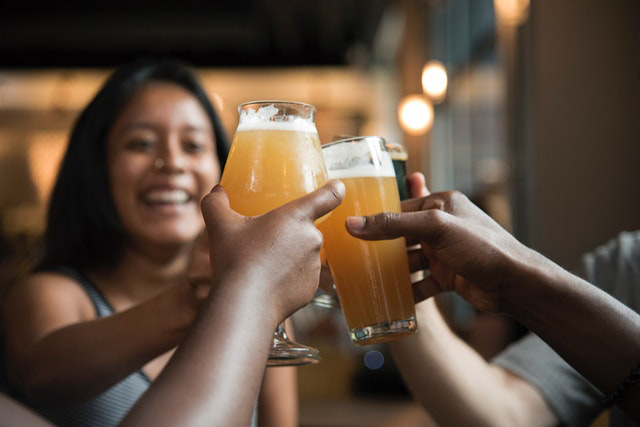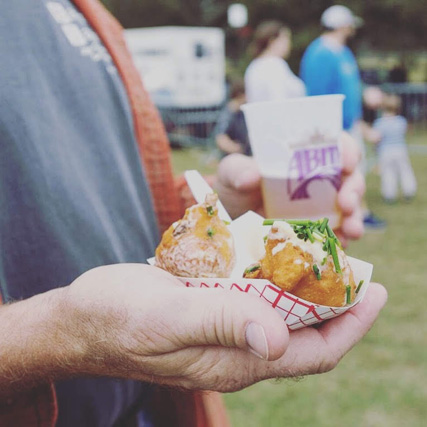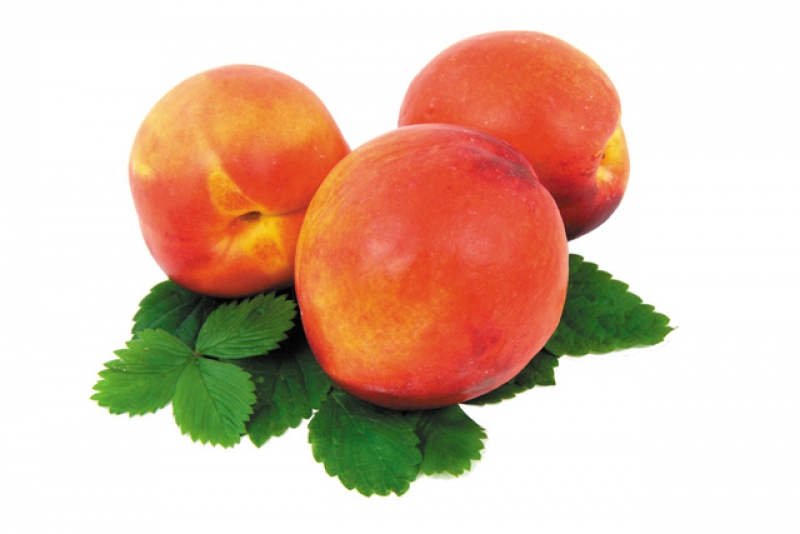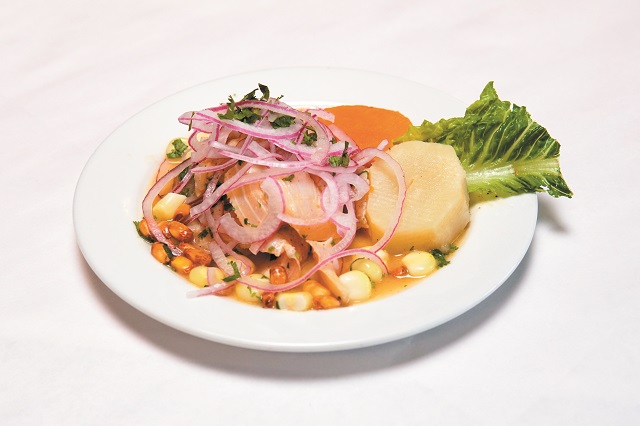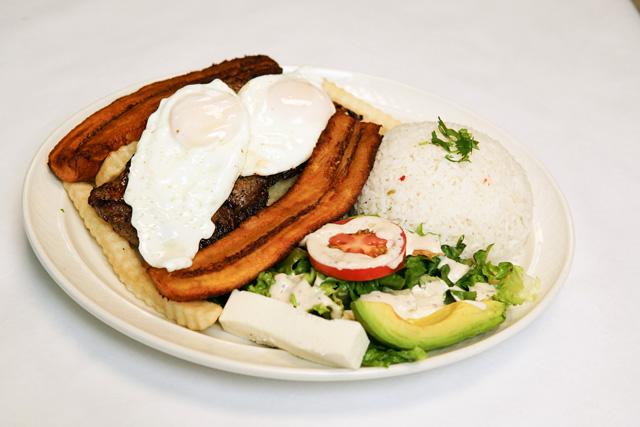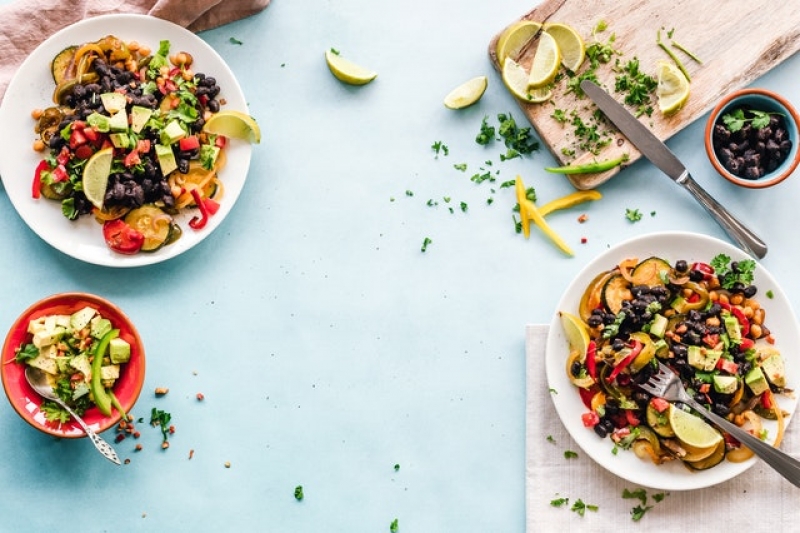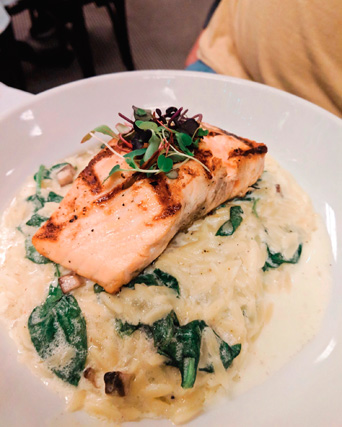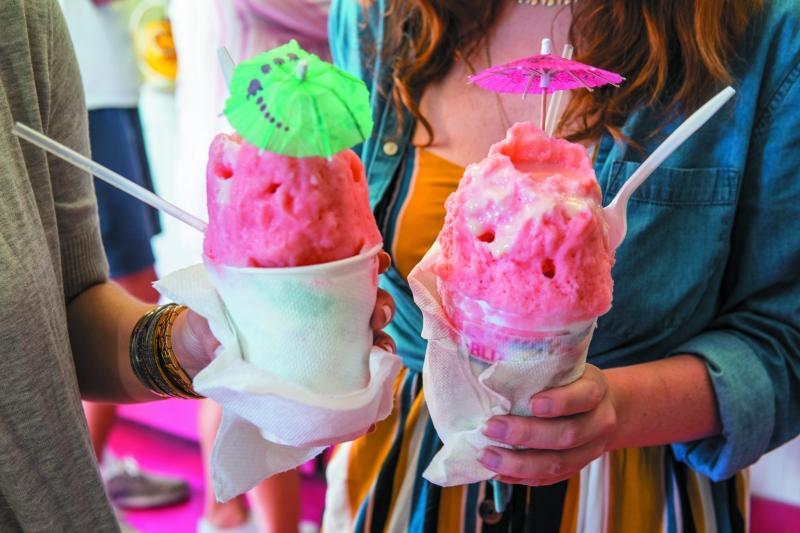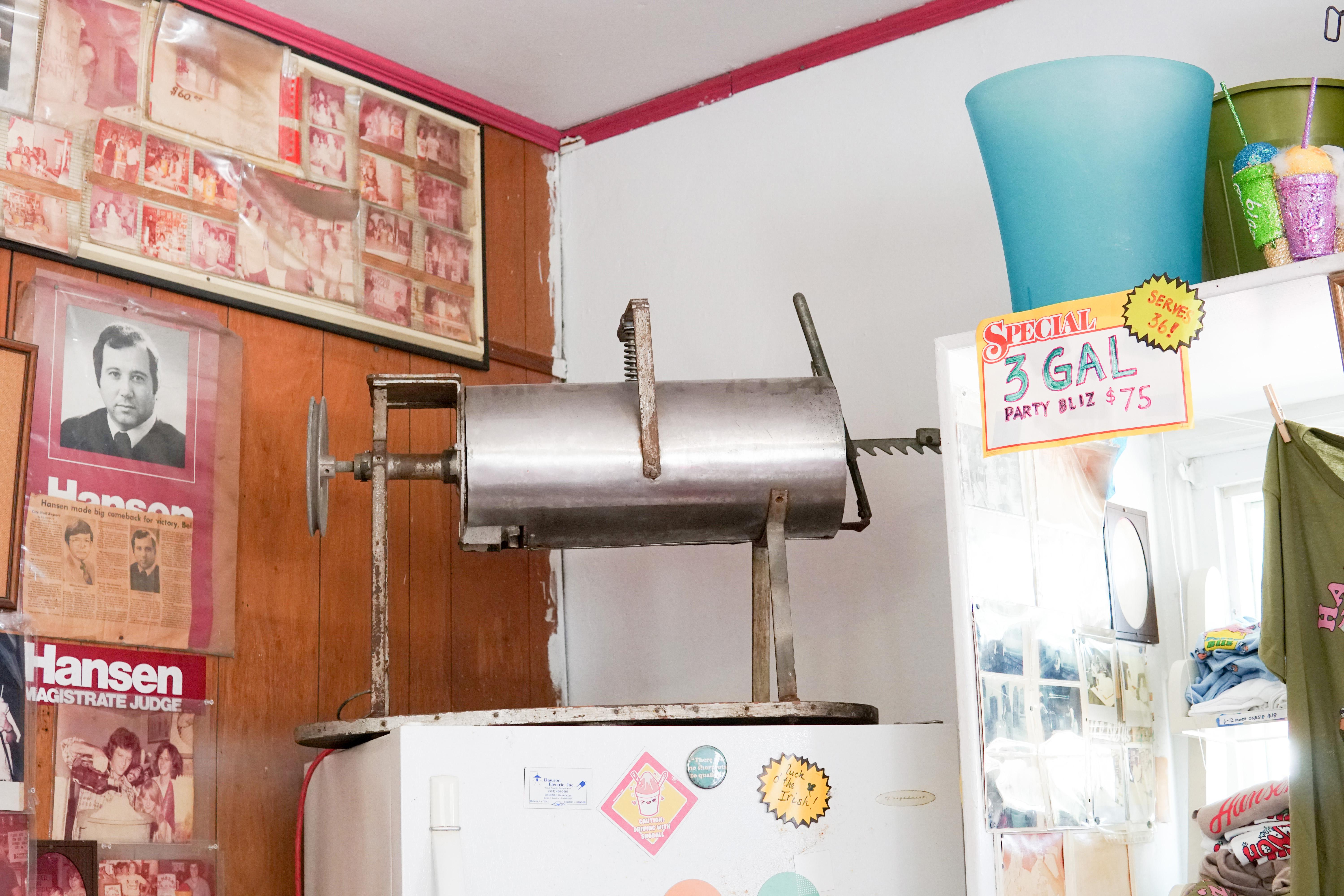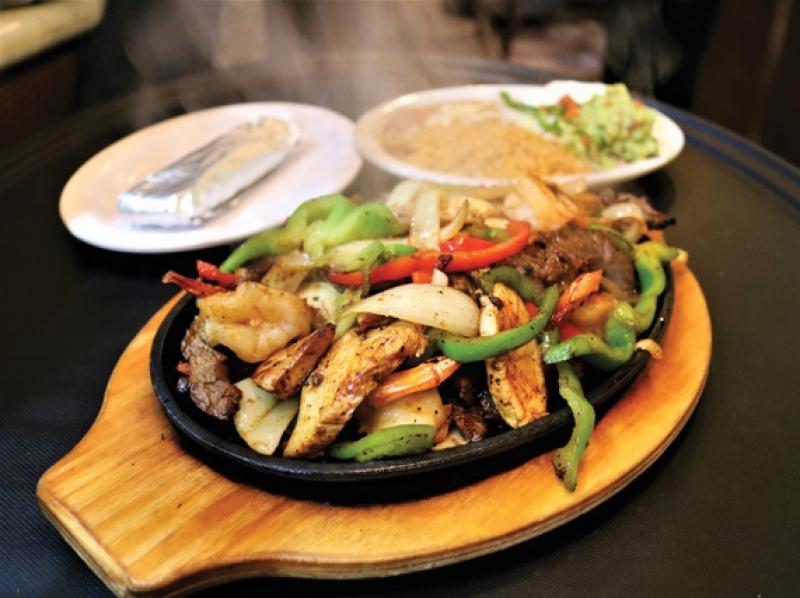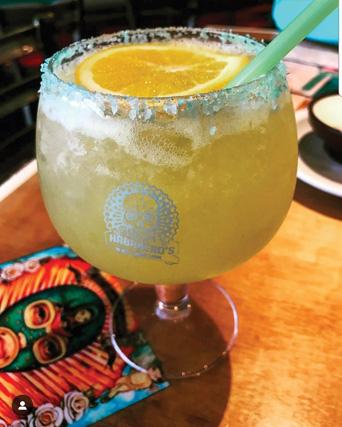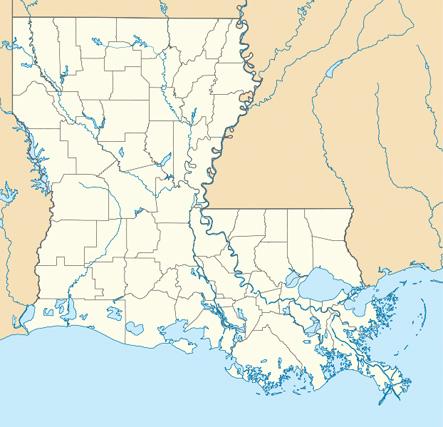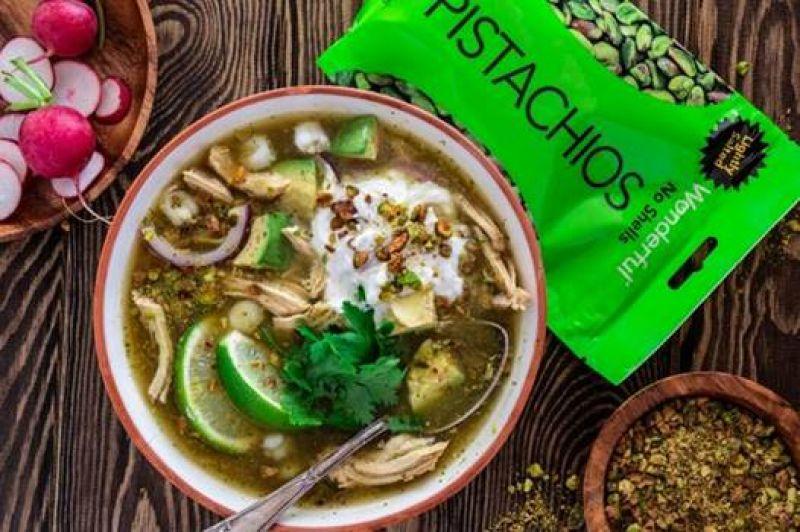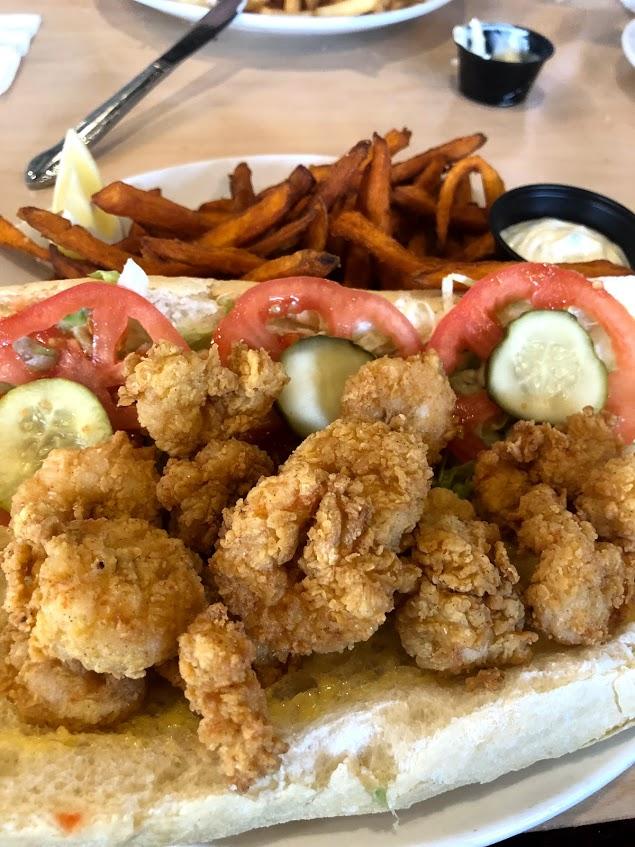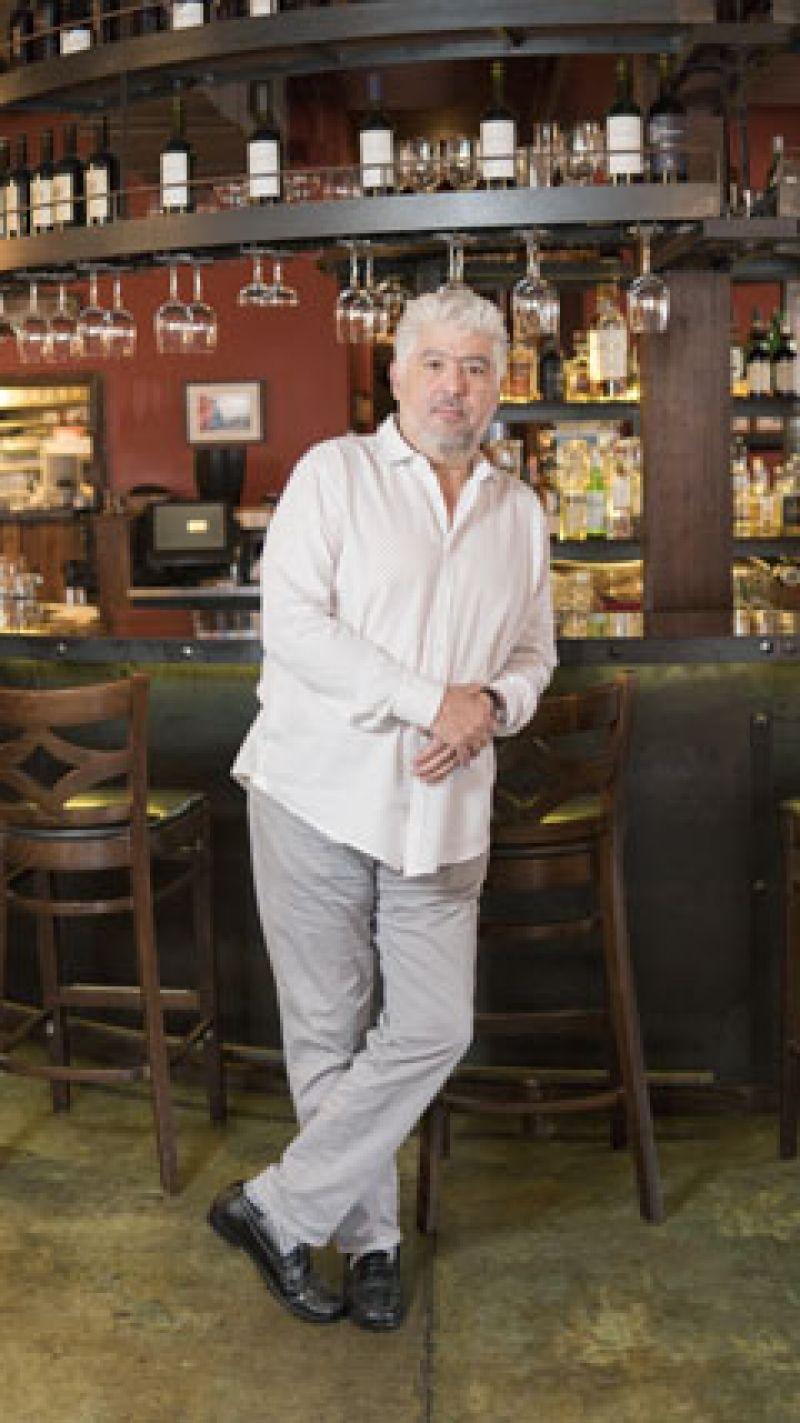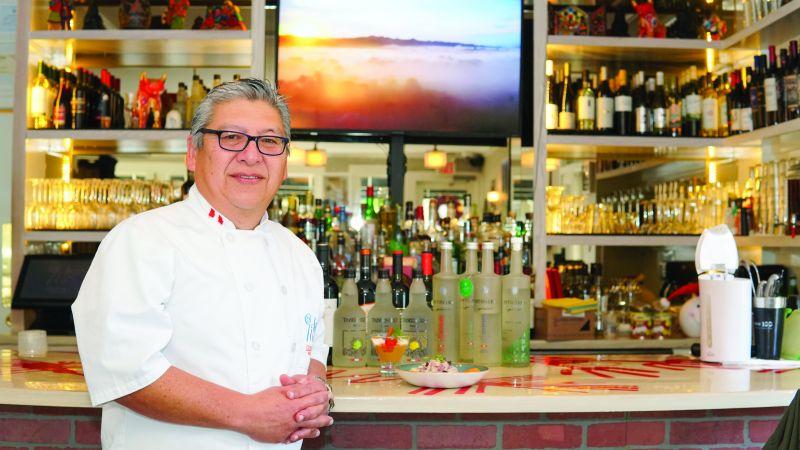- Published in NOLA Food
- Written by AnaMaria Bech
Para artículo en español clic aquí: Comida Peruana en Nueva Orleans: Tito's Ceviche & Pisco
By AnaMaria Bech
In the heart of New Orleans, where the soulful jazz notes intermingle with the fragrant aromas of Cajun and Creole cuisine, a gem adds a vibrant twist to the city’s culinary scene. Tito’s Ceviche & Pisco, a locally owned Peruvian restaurant, is a testament to the magic that happens when two worlds collide, creating a gastronomic experience like no other.

Tito’s Ceviche and Pisco’s Magazine Street location is a local’s favorite, a charming establishment adorned with colorful Peruvian textiles, photographs of Machu Picchu, and an atmosphere that transports diners to the heart of Cuzco. Their newest location, 1433 St. Charles Avenue, carries on that Peruvian scenery with a colorful hand-painted mural with New Orleans in the mix. When you walk in at either location, the warm smiles of the friendly staff greet you. You often get to meet the owners, Chef Juan Lock and his wife, Tatiana Lock, who work hard daily to add world-renowned Peruvian Cuisine from the chef’s homeland as a culinary destination in a city known for its soul, cajun, creole and French flavors.
One of Tito’s Ceviche & Pisco’s most popular menu items is their tantalizing Ceviche Nikkei, a dish that captures the essence of coastal Peru. Chef Juan hand-selects the freshest seafood from local markets, marinating it in a zesty blend of lime juice, cilantro, and a hint of aji limo. The result is a freshness and flavor that dances on your taste buds, a light dish that becomes a great alternative to the soulful cuisine in the city.
But Tito’s offers more than just ceviche; their menu boasts a variety of Peruvian delights. Every dish tells a story of Peru’s diverse culinary heritage, from the Papas a la Huancaina and Anticuchos to the hearty Lomo Saltado, Arroz con Pato, Sudado de Pescado, and more delicious dishes and desserts.
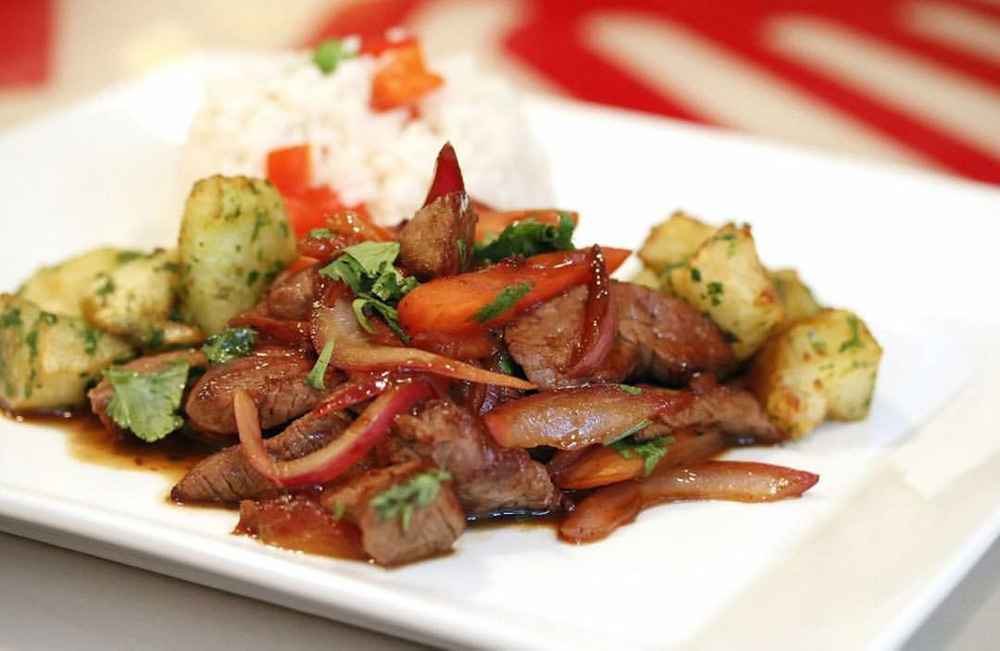
Of course, a visit to Tito’s would be complete with sipping on one of their signature-infused piscos. You must try the Pisco Sour, the national cocktail made with pisco and fresh lime juice. It strikes the perfect balance between sweet and tangy, leaving you craving more.
Tito’s Ceviche & Pisco has become a beloved addition to New Orleans’ vibrant food scene, where locals and tourists gather to celebrate the marriage of Peruvian flavors with the city’s rich culinary traditions. It’s a testament to the power of food to bridge cultures, bring people together, and create something truly extraordinary.
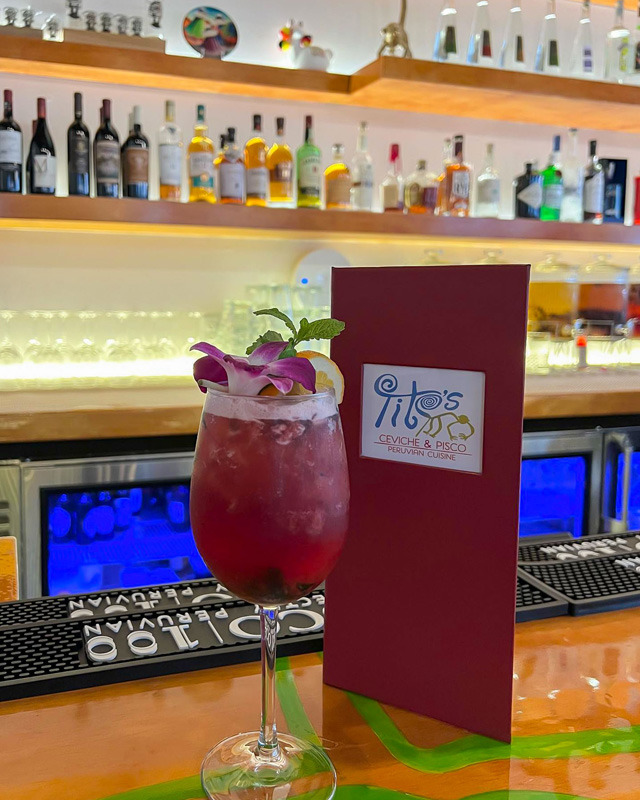
So, the next time you find yourself in the Big Easy, detour from the familiar and venture into the world of Tito’s Ceviche & Pisco. You’ll discover a little piece of Peru right in the heart of the Crescent City, where the spirit of New Orleans and the soul of Peru meet in a symphony of tastes and textures that will leave you craving more.
Try their new Sunday Brunch menu and visit the beautiful bar at the St. Charles Avenue location. Of course, they have Happy Hour Monday through Friday at both locations.



